B2B marketing is in the middle of the biggest revolution since marketing automation, according to Tim Kopp, CEO of leading account-based marketing platform Terminus. B2B organizations are becoming more like their B2C counterparts when it comes to the customer experience, and these changes are happening at a rapid pace given the current climate.
ABM In Action recently sat down with Kopp to get his perspective on the trends driving this revolution, and why ABM tech consolidation is a growing priority. Kopp also discussed the company’s most recent acquisition of the chat solution Ramble to emphasize the importance of “chat-based everything” in ABM.
ABM In Action: What do you see as some of the biggest trends/changes in the way B2B brands are approaching demand generation/ABM?
Tim Kopp: I see us going through one of the biggest revolutions in B2B marketing since marketing automation. If you really just step back and look at these trends in B2B marketing, we’re kind of following B2C — but it’s about 10 years later — where we’re focusing on the consumer. But all we talked about in B2B were leads. Now everything is moving from a lead-based world to an account-based world. So how do you build a platform to make that work and talk about your accounts?
I also really believe that — because of COVID — retention is going to become the new acquisition. Marketers are not going to just be asked about the top of the funnel, they’re going to be asked about the entire funnel: What are your pipeline conversion rates? What are you doing to help drive client success? And even what are the renewal rates? I think it’s going to be a question that more CEOs will be asking CMOS.
Finally, integration is innovation. Because of the two earlier trends I talked about, I’m seeing a big shift to integration as the new innovation and moving to best-of-breed. The average number of tools in a marketer’s tech stack is 12 or 14. That’s bananas. Somehow, we’ve just accepted that marketing is this way, but that’s going to stop. Systems like Salesforce and current platforms of record will, of course, continue to exist. But our whole last product release was really more about integration than it was innovation and trying to pull everything from marketers into a single hub.
ABMIA: There have been some other big acquisitions recently in the ABM and martech space — do you anticipate continued consolidation and is that a positive trend?
Kopp: Yes, I think there will be a lot more consolidation. There’s too much martech out there. So, it just needs to be cleaned up. I think the number of ABM players, in general, will be cut in half — maybe a third. I think there will be three to five strong ones that are left. And there will be lots of point solutions that are cleaned up and tucked in as part of the platform. Similar to what we did with Ramble and Sigstr.
ABMIA: Speaking of chat: Terminus recently acquired Ramble to offer an ABM chat solution. What made chat so attractive now?
Kopp: For us today, much of ABM is known as ads. The biggest question is if you keep following up, what happens when you click on an ad? You end up on a landing page or a website. I believe that the whole model of gated content and hiding things behind a webform is going to die. So this new thing is going to be conversational marketing. But for us, it’s not just chat on the website. It’s chat-based everything: Chat-based sales proposals; chat on top of your web; chat between the sales and marketing team. It’s just the connective glue that ties everything together. Every marketer we talked to really believes that chat is the future of holding their marketing programs together, but they don’t want a disconnected silo. They wanted tech as part of the overall account-based effort.
ABMIA: Data management is critically important for B2B organizations today. In your opinion, what is the future data management?
Kopp: What marketers really need it’s two things. Everything I just talked about sounds great, but it doesn’t work unless the data really works. In an account-based world, you have to fuse together intent data, third-party data, your CRM data and email data. It’s easy to put all of it in PowerPoint, but to actually do it on a terabyte-level scale is incredibly complicated. I really do think the integration thing is important. But my second connection, and it’s actually why we bought Sigstr, is that I think the entire future of marketing — and what marketers will be talking about three years from now — is owning their own first-party data, and not third-party data.
The whole world is moving to primary data. And marketers are going to say, “To hell with all this third-party data and privacy and risk, we’ve got to just own the data ourselves.” It’s almost going to be like when marketers were focused on building their email list. Then it became, “How do we go and acquire our own email addresses?” That’s going to be what happens with data. Everybody’s going to become obsessed with building their own first-party primary data assets.
ABMIA: The past few months have been different, to say the least. How has Terminus handled the pandemic?
Kopp: Yeah, it has been really tough overall. What’s really interesting is that I think it took everything that was going to happen and put a 10X turbocharger on top of it. So, the strong got stronger, the weak got weaker and a lot of cleanout has happened. I mean, who would have known all of these mergers and acquisitions were going to happen? This caused it to go so much faster.
It has all just created this big swing toward digital transformation in the market. I think it’s been an accelerant for ABM because every company is now asking, “What do we need to do to grow differently?”
I’ve been most focused on our employee engagement. I believe employees are actually our most important customers and our employee engagement is at an all-time high. Marketers should really think about building an incredible culture. I, for one, am spending a lot more time with our people trying to figure out how to do that in a remote environment. Since I’m spending a lot less time on the road now, I can pop into a lot more 15- to 30-minute calls, which has helped.




